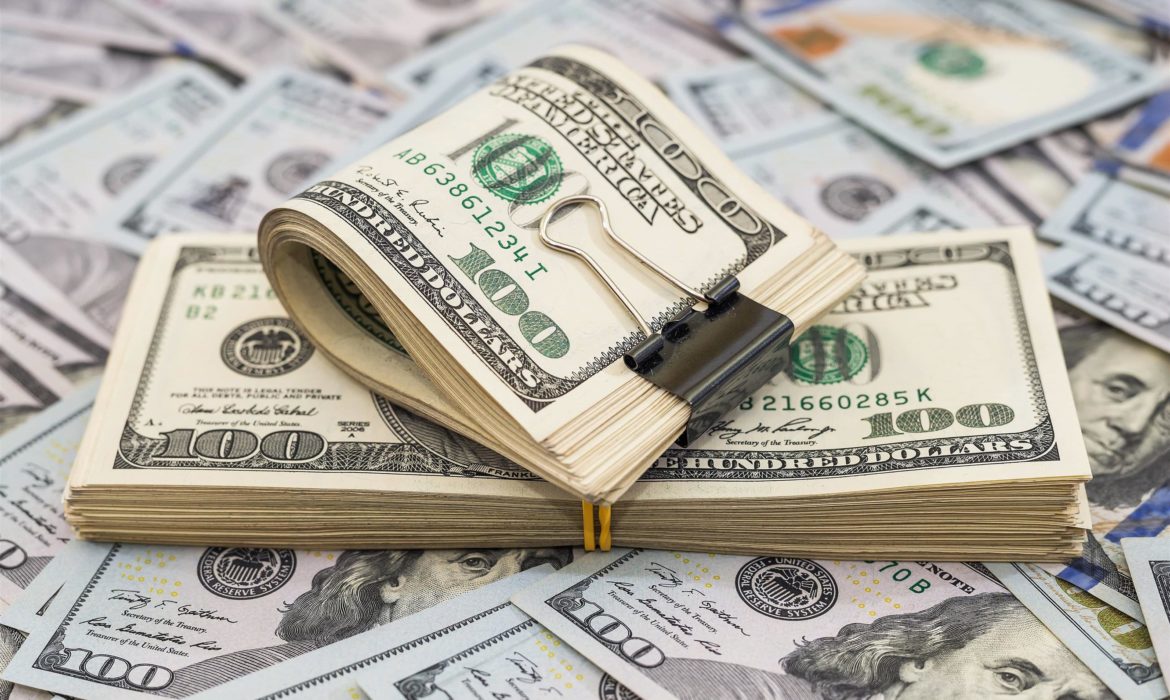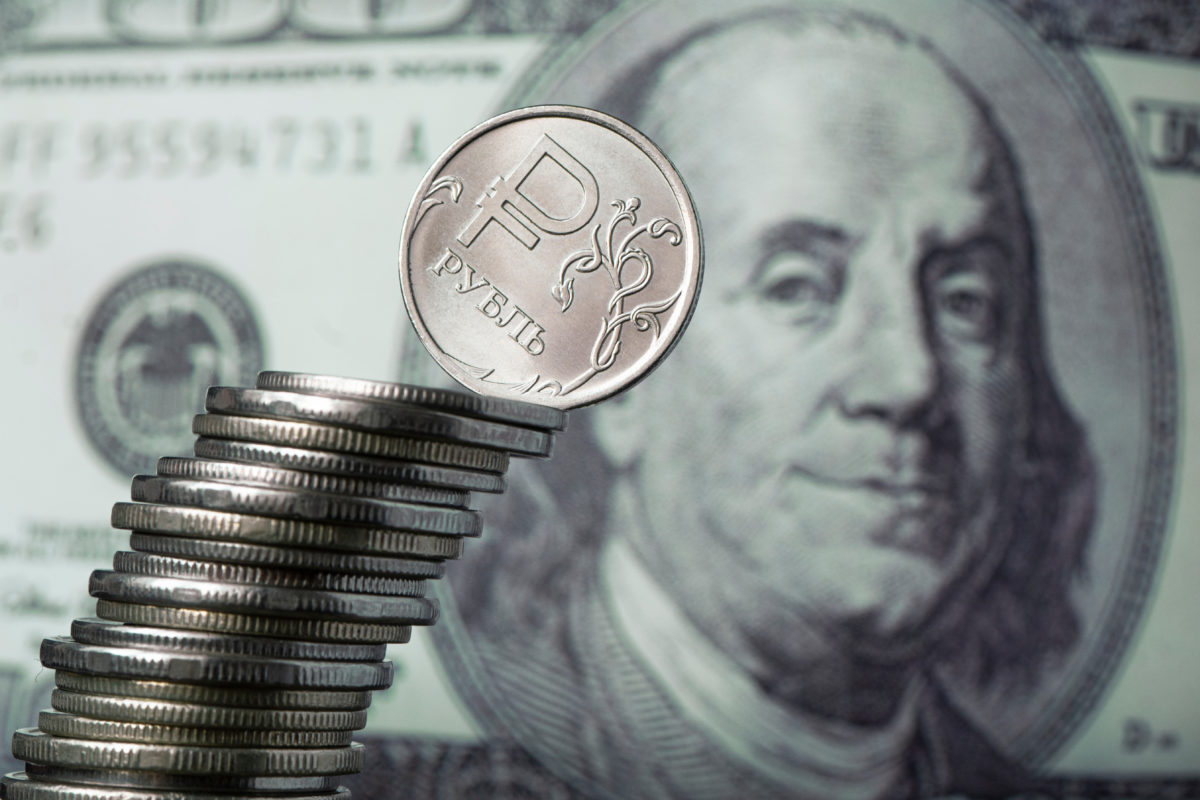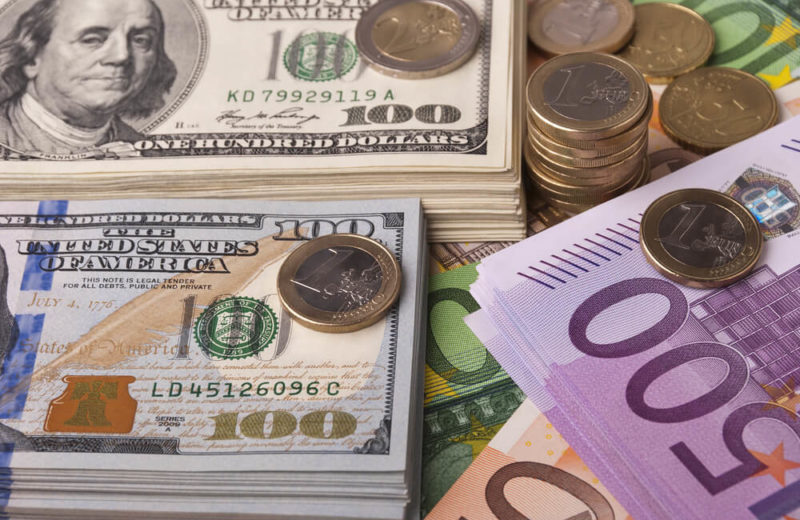The US dollar extended its losses on Monday, marking its most substantial dollar crash since July. Last week, the Federal Reserve adopted a less hawkish tone. Following the event, recent US economic data exhibited signs of moderation.
Best Dollar Exchange rate and Euro Rally
The dollar index retreated by 0.2% to 104.85. This has been the lowest level in six and a half weeks, following a 1.4% drop during the prior week. Simultaneously, the euro gained 0.2%, reaching a 7.5-week high at $1.0756.
Global Stock Markets and Weakening Dollar
Global stock markets experienced their most robust performance in a year last week. The expectations of the Federal Reserve’s restraint in raising interest rates fueled this positive market sentiment.
Additionally, the US dollar faced headwinds due to a variety of factors. The softening of US jobs data and weaker manufacturing figures played a crucial role. Besides, a reduction in longer-dated Treasury yields also affected the market instability. These developments contributed to a stronger sterling, Australian dollar, and a yen rebound, bringing it above 150 per dollar.
Analyst Tina Teng from CMC Markets stated that the market often interprets bad news as good news. Therefore making the expectation of an early end to the rate hike cycle a favourable development. Teng projected a continued downtrend for the dollar throughout November.
Mixed Assessment of Dollar Crash
Dane Cekov, a Senior FX Strategist at Nordea, described the market responses from last week as an “exaggerated reaction,” emphasizing the mixed aspects of the jobs data. He noted the possibility of a somewhat weaker dollar in the short term but emphasized the need for the euro-dollar rally to find support.
JPMorgan analysts weighed in, indicating that a sustained decline in the dollar would require signs of improvement in the eurozone and China. Especially considering the “tenuous” reputation of these regions.
US Treasury Yields and Future Rate Expectations
US Treasury yields significantly declined in response to the softer US data. Fed Chair Jerome Powell’s mention of ‘balanced’ risks and the US government’s revised refinancing estimates also contributed to the yield slump. Yields on 2-year notes dropped by 25 basis points in just two weeks, and 10-year yields remained close to a five-week low at 4.5829%. The front end of the yield curve continued to exhibit inversion.
Futures markets indicated a 90% probability that the Fed had concluded its rate-hiking cycle, with an 86% chance that the first policy easing would come as early as June.
Market expectations also implied an 80% likelihood that the European Central Bank would cut rates by April, while the Bank of England was anticipated to implement easing measures in August.
Yen’s Performance and Sterling Outlook
The Japanese yen slightly declined by 0.1% to 149.47 per dollar. Nordea’s Cekov suggested that the USD to JPY pair would likely need to hover around the 155 per dollar level for Japanese authorities to contemplate intervention or verbal support.
Last week, the yen reached 151.74 per dollar, edging closer to October 2022’s lows that triggered multiple rounds of dollar-selling intervention by the Bank of Japan.
Sterling posted a 0.3% gain, reaching $1.2414. The fourth-quarter GDP data for Britain is scheduled for this week. Despite its significant rally in a market with substantial short positions on the currency last week, the pound still experiences a 5.5% decrease since its peak in July.
Dollar Buyback Rate and Bitcoin’s Steadiness
Bitcoin remained steady at $34,974 despite the ongoing dollar crash. The cryptocurrency’s strength is linked to expectations of the conclusion of central bank policy tightening cycles.
The cryptocurrency sector is also keeping a close watch on the potential approval of new spot bitcoin exchange-traded funds (ETFs), even though none have been given the green light so far. Several firms have filed for such products, attracting attention and contributing to the crypto market’s positive sentiment.















